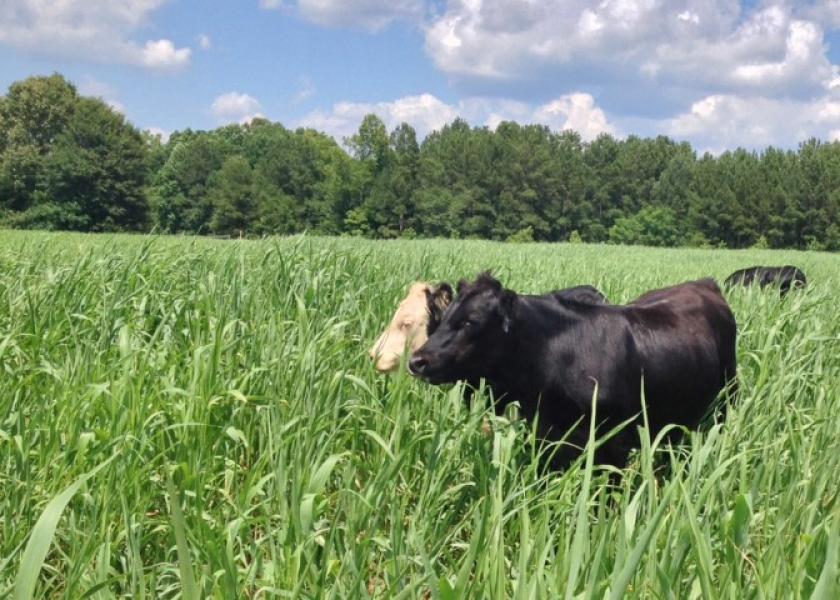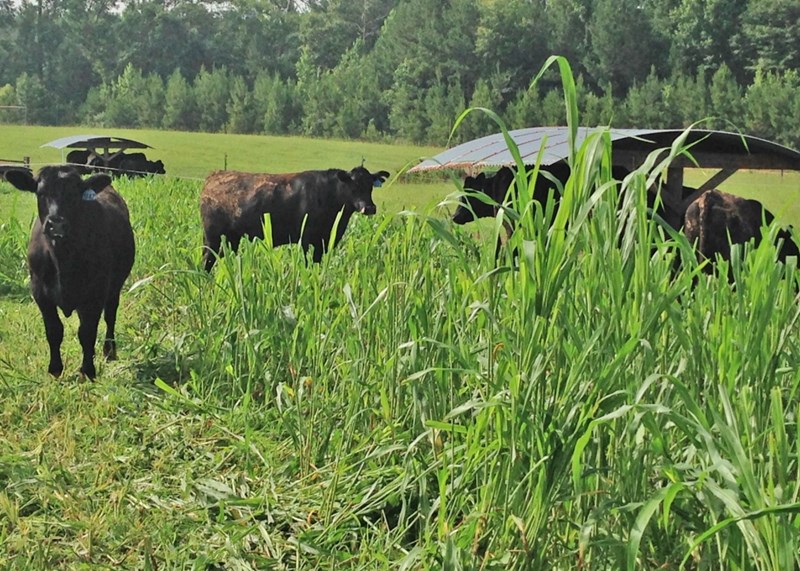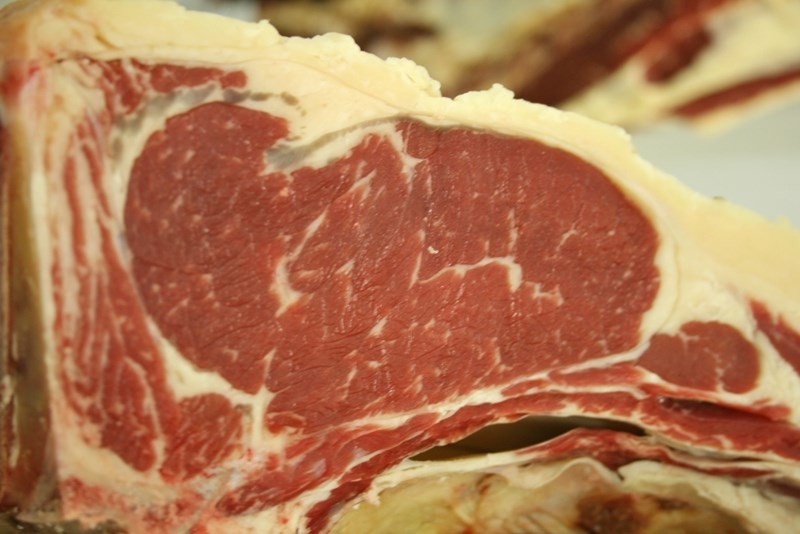Researchers Search for Better Grass for Grass-fed Beef

University of Georgia researchers look for a way to maximize grass-fed beef in the state.
By: Merritt Melancon, University of Georgia
Over the past decade the demand for grassfed beef has increased dramatically, and that is great news for Georgia’s cattle farmers.
Because of the state’s long growing season, Georgia farmers are uniquely positioned to allow their cattle to graze all year round. University of Georgia forage and cattle experts are now looking for forages that will produce the best quality beef in Georgia’s climate, so that Georgia’s grassfed beef will be as tasty as possible.
“Forage-fed or grass-fed beef is growing in popularity among consumers, and several producers in the state are trying to adjust their production systems to meet the is niche market,” said Lawton Stewart, an Extension Beef Specialist in the University of Georgia Collage of Agricultural and Environmental Sciences.
“Many consumers are willing to pay a premium for this product, so there is an incentive to produce beef in this way. But that isn’t a simple task."
Stewart, is working with UGA meat quality researcher Alex Stelzleni and UGA Extension Forage Specialist Dennis Hancock to conduct a four year study to determine which summer forages produce the best meat quality in grassfed beef.
One of the issues with grassfed beef in the South is that it is hard to finish beef on pasture during the summer. During the hot summer months, Georgia’s go-to perennial forage — bermudagrass — isn’t quite digestible or nutritious enough to finish beef cattle.
Cattle finished on summer bermudagrass will be leaner, taste slightly lamby and have a yellow tinge to their fat from accumulated beta carotene.
“Bermudagrass can be a very good quality, but it’s not good enough during the summer to really put the weight on fast enough for the animal to develop the intramuscular fat that you want when your looking for a steak," said Hancock.
Leaner, less-marbled beef isn’t a bad thing in itself but it does limit the market for the farmers’ beef.
“So what happens is that the farmer has to make a decision about whether to sell a lighter-weight animal that could have some taste differences,” Stelzleni said. “Or they have to hold on to that animal for another four to six months until they can get back on to the cool season grasses to get those gains back up. That can become expensive and even cost prohibitive for both the producer and the consumer."
Not being able to finish cattle to the same quality during summer means the farmer has to interrupt the supply of beef to steady customers who depend on a consistent supply, like restaurants and small markets.
When this grassfed beef study is complete in 2016, Stelzleni, Hancock and Stewart will have research-based information to help farmers who want to break in to the potentially lucrative grassfed beef market and produce beef throughout the year.
Their study involves 32 Angus and Hereford mix steers housed on pasture at the UGA Eatonton Beef Research Unit.
Four summer annual forage systems were tested. Each planting has higher nutritional content and is more easily digestible than the standard pasture grass that would typically be available in Georgia pastures.
Sets of up to eight steers were rotated around pastures that contained sorghum and sudangrass hybrid, brown midrib sorghum and sudangrass hybrid, pearl millet or a mix of pearl millet and crabgrass.
These forages have to be planted every year, but they allow for greater animal gains than the pastures that Georgia farmers usually depend upon to feed their cattle during the dry summer, Hancock said.
“We’ve selected (these forages) for their ability to thrive in our climate and especially in the summers we get,” Stelzleni said. “Several of the forages, actually have a good bit of drought tolerance to the them and have been bred and selected for use in Africa.
The team harvested the cattle in September, and Stelzleni is now pulling samples from the 32 carcasses so that he can test composition and meat quality.
The team found very little difference in the health and weight gain of the herds eating each forage while they were alive, but are finding that the brown midrib sorghum and sudangrass hybrid seems to produce slightly better meat quality. The mix of pearl millet and crabgrass seemed to endure grazing somewhat better that the other forages.
“(All of the steers) did a little better than we thought they were going to do from a quality and marbling standpoint,” Stelzleni said.
The team’s data won’t be conclusive until they finish all four years of testing, but what has been conclusive is the public’s response to the beef.
All the beef that wasn’t taken for meat quality samples is available for sale at the UGA Meat Science Technology Store in Athens. Thirty-two whole sides of beef have sold through bulk pre-orders and individual cuts of beef are flying off of the shelves as soon as they can be stocked, Stelzleni said.
The team plans to use the proceeds from the beef sale to fund the last two years of the study.







